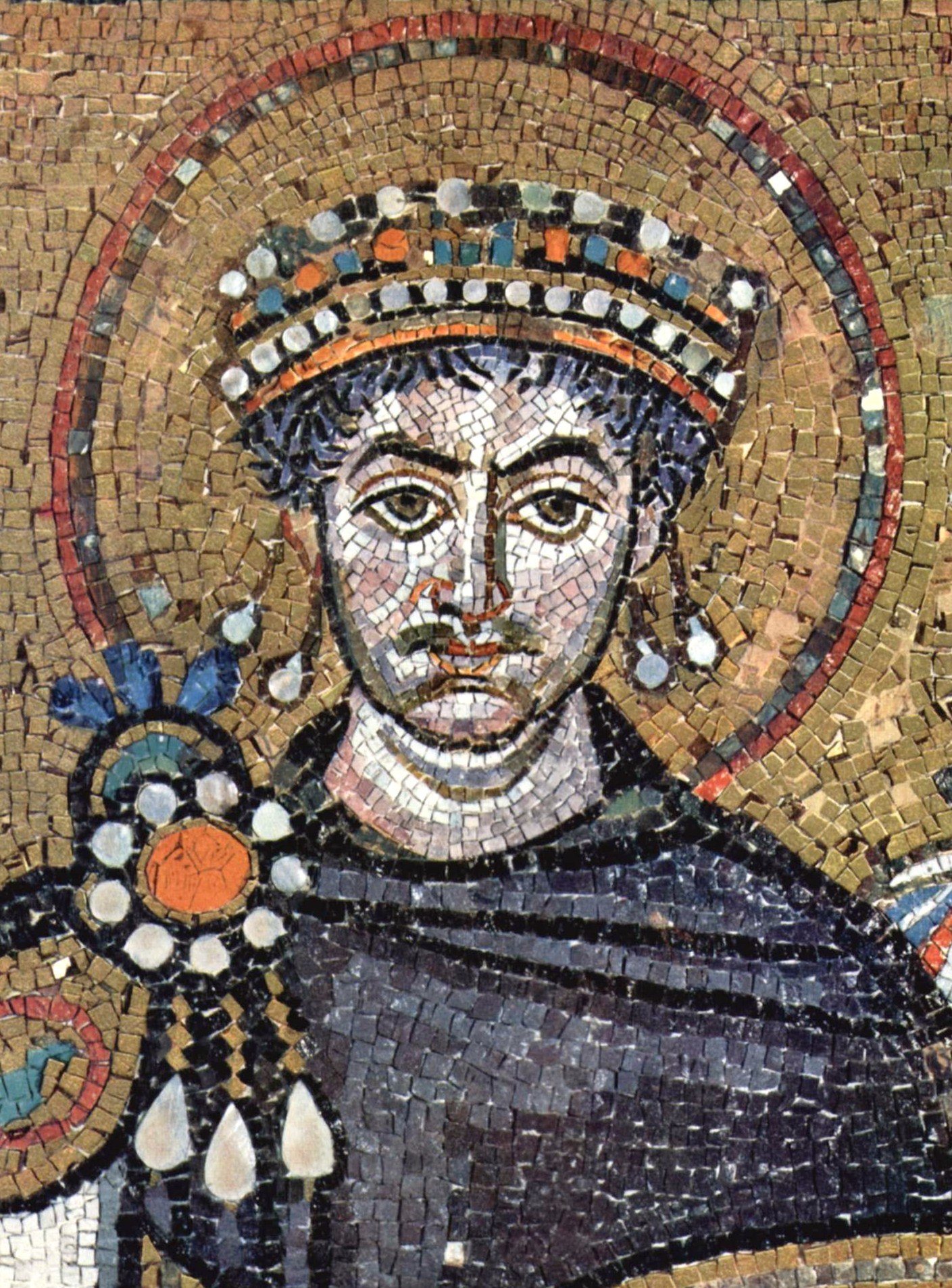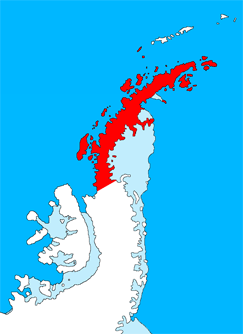|
Sinitovo
Sinitovo () is a village in central Bulgaria. It is located 5 km. east of Pazardzhik. As of 2022 the population was 1768. It is located at an altitude of in a fertile agricultural region near the Maritsa river. The main products grown in the area include wheat, maize, peppers, while the most widespread spread domestic animal is the sheep. The village is mentioned in Ottoman documents from 1576, 1607, 1696. There is a kindergarten, school, chitalishte and a church "Sv. Georgi" from 1884. Many Roman artifacts are found in the vicinity of the village, including marble statues and a bust of a Roman Emperor. There are ruins of Roman fortress erected by Justinian and the important Thracian settlement Bessapara, the ''Βεσούπαρον'' of Procopius. Honours Sinitevo Gap in Graham Land Graham Land is the portion of the Antarctic Peninsula that lies north of a line joining Cape Jeremy and Cape Agassiz. This description of Graham Land is consistent with the 1964 agreement b ... [...More Info...] [...Related Items...] OR: [Wikipedia] [Google] [Baidu] |
Pazardzhik
Pazardzhik ( ) is a city situated along the banks of the Maritsa river, southern Bulgaria. It is the centre of Pazardzhik Province and Pazardzhik Municipality. It is located in the Upper Thracian Plain and in the Pazardzhik-Plovdiv Field, a subregion of the plains. It is west of Plovdiv, about , southeast of Sofia and from Burgas. The population is 55,220, as it has been growing around from the end of the 19th century to the end of the 20th century. The city reached its highest milestone, exceeding 80,000. Due to poor economic performance in Bulgaria during the 1990s and early 2000s, emigration of Bulgarians began, which affected Pazardzhik as well. The history of Pazardzhik can be traced back to the 7th millennium BC, with early civilisations being brought from Asia-Minor. They were agro-pastralists and settled near Maritsa, Pazardzhik and Sinitovo. A clay idol named the Pazardzhik Venus was founded in 1872. The Drougoubitai tribe settled in the early Middle Ages. Many ... [...More Info...] [...Related Items...] OR: [Wikipedia] [Google] [Baidu] |
Bulgaria
Bulgaria, officially the Republic of Bulgaria, is a country in Southeast Europe. It is situated on the eastern portion of the Balkans directly south of the Danube river and west of the Black Sea. Bulgaria is bordered by Greece and Turkey to the south, Serbia and North Macedonia to the west, and Romania to the north. It covers a territory of and is the tenth largest within the European Union and the List of European countries by area, sixteenth-largest country in Europe by area. Sofia is the nation's capital and List of cities and towns in Bulgaria, largest city; other major cities include Burgas, Plovdiv, and Varna, Bulgaria, Varna. One of the earliest societies in the lands of modern-day Bulgaria was the Karanovo culture (6,500 BC). In the 6th to 3rd century BC, the region was a battleground for ancient Thracians, Persians, Celts and Ancient Macedonians, Macedonians; stability came when the Roman Empire conquered the region in AD 45. After the Roman state splintered, trib ... [...More Info...] [...Related Items...] OR: [Wikipedia] [Google] [Baidu] |
Maritsa
Maritsa or Maritza ( ), also known as Evros ( ) and Meriç ( ), is a river that runs through the Balkans in Southeast Europe. With a length of ,Statistical Yearbook 2017 National Statistical Institute (Bulgaria), p. 17 it is the List of rivers of Europe, longest river that runs solely in the interior of the Balkans, Balkan peninsula, and one of the List of rivers of Europe#Rivers of Europe by discharge, largest in Europe by discharge. It flows through Bulgaria in its upper and middle reaches, while its lower course forms much of the border between Greece and Turkey. Its drainage area is about , of which 66.2% is in Bulgaria, 27.5% in Turkey, and 6.3% in Greece. It is the main river of the historical region of Thrace, most of which lies in its drainage basin. It has its origin ... [...More Info...] [...Related Items...] OR: [Wikipedia] [Google] [Baidu] |
Chitalishte
A ''chitalishte'' (, ) is a traditional Bulgarian public institution and building that fulfills several functions at once, such as a community centre, public library, and a theatre. It is also used as an educational institution, where people of all ages can enroll in foreign language, dance, music and other courses. In this function they could be compared to the folk high schools of Northern Europe. Some larger urban ''chitalishta'' are comparable to 92nd Street Y in New York City. Etymology The term ''chitalishte'' combines the Bulgarian Slavic root, ''chital-'' ("reading") and the suffix ''-ishte'' (a place where preceding verb happens). Thus ''chitalishte'' literally means "reading place" or "reading room", a place where books are kept for public use. History The chitalishta of the 19th and early 20th century had a crucial role in preserving and developing Bulgarian culture and thus played an important role during the Bulgarian National Revival. The first institutions of ... [...More Info...] [...Related Items...] OR: [Wikipedia] [Google] [Baidu] |
Ancient Rome
In modern historiography, ancient Rome is the Roman people, Roman civilisation from the founding of Rome, founding of the Italian city of Rome in the 8th century BC to the Fall of the Western Roman Empire, collapse of the Western Roman Empire in the 5th century AD. It encompasses the Roman Kingdom (753–509 BC), the Roman Republic (50927 BC), and the Roman Empire (27 BC476 AD) until the fall of the western empire. Ancient Rome began as an Italic peoples, Italic settlement, traditionally dated to 753 BC, beside the River Tiber in the Italian peninsula. The settlement grew into the city and polity of Rome, and came to control its neighbours through a combination of treaties and military strength. It eventually controlled the Italian Peninsula, assimilating the Greece, Greek culture of southern Italy (Magna Graecia) and the Etruscans, Etruscan culture, and then became the dominant power in the Mediterranean region and parts of Europe. At its hei ... [...More Info...] [...Related Items...] OR: [Wikipedia] [Google] [Baidu] |
Justinian
Justinian I (, ; 48214 November 565), also known as Justinian the Great, was Roman emperor from 527 to 565. His reign was marked by the ambitious but only partly realized ''renovatio imperii'', or "restoration of the Empire". This ambition was expressed by the partial recovery of the territories of the defunct Western Roman Empire. His general, Belisarius, swiftly conquered the Vandal Kingdom in North Africa. Subsequently, Belisarius, Narses, and other generals Gothic War (535–554), conquered the Ostrogothic Kingdom, restoring Dalmatia, Sicily, Italian peninsula, Italy, and Rome to the empire after more than half a century of rule by the Ostrogoths. The Liberius (praetorian prefect), praetorian prefect Liberius reclaimed the south of the Iberian Peninsula, establishing the province of Spania. These campaigns re-established Roman control over the western Mediterranean, increasing the Empire's annual revenue by over a million ''solidi''. During his reign, Justinian also subdued ... [...More Info...] [...Related Items...] OR: [Wikipedia] [Google] [Baidu] |
Thracian
The Thracians (; ; ) were an Indo-European speaking people who inhabited large parts of Southeast Europe in ancient history.. "The Thracians were an Indo-European people who occupied the area that today is shared between north-eastern Greece, Romania, and north-western Turkey. They shared the same language and culture. There may have been as many as a million Thracians, divided among up to 40 tribes." Thracians resided mainly in Southeast Europe in modern-day Bulgaria, Romania, North Macedonia, northern Greece and European Turkey, but also in north-western Anatolia (Asia Minor) in Turkey. The exact origin of the Thracians is uncertain, but it is believed that Thracians like other Indo-European speaking groups in Europe descended from a mixture of Proto-Indo-Europeans and Early European Farmers. Around the 5th millennium BC, the inhabitants of the eastern region of the Balkans became organized in different groups of indigenous people that were later named by the ancient G ... [...More Info...] [...Related Items...] OR: [Wikipedia] [Google] [Baidu] |
Procopius
Procopius of Caesarea (; ''Prokópios ho Kaisareús''; ; – 565) was a prominent Late antiquity, late antique Byzantine Greeks, Greek scholar and historian from Caesarea Maritima. Accompanying the Roman general Belisarius in Justinian I, Emperor Justinian's wars, Procopius became the principal Roman historian of the 6th century, writing the ''History of the Wars'', the ''Buildings'', and the ''Secret History''. Early life Apart from his own writings, the main source for Procopius's life is an entry in the ''Suda'',Suda pi.2479. See under 'Procopius' oSuda On Line a Byzantine Greek encyclopaedia written sometime after 975 which discusses his early life. He was a native of Caesarea Maritima, Caesarea in the Roman province, province of ''Palaestina Prima''. He would have received a conventional upper-class education in the Greek literature, Greek classics and rhetoric, perhaps at the famous Rhetorical School of Gaza, school at Gaza. He may have attended law school, possibly at La ... [...More Info...] [...Related Items...] OR: [Wikipedia] [Google] [Baidu] |
Graham Land
Graham Land is the portion of the Antarctic Peninsula that lies north of a line joining Cape Jeremy and Cape Agassiz. This description of Graham Land is consistent with the 1964 agreement between the British Antarctic Place-names Committee and the US Advisory Committee on Antarctic Names, in which the name "Antarctic Peninsula" was approved for the major peninsula of Antarctica, and the names Graham Land and Palmer Land for the northern and southern portions, respectively. The line dividing them is roughly 69 degrees south. Graham Land is named after Sir James R. G. Graham, First Lord of the Admiralty at the time of John Biscoe's exploration of the west side of Graham Land in 1832. It is claimed by Argentina (as part of Argentine Antarctica), Britain (as part of the British Antarctic Territory) and Chile (as part of the Chilean Antarctic Territory). Graham Land is the closest part of Antarctica to South America. Thus it is the usual destination for small ships takin ... [...More Info...] [...Related Items...] OR: [Wikipedia] [Google] [Baidu] |






